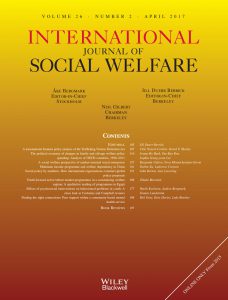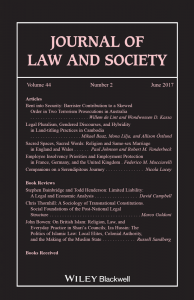A sociological understanding of online health behaviours
http://commons.wikimedia.org/wiki/File%3AMedicine_Drugs.svg The 2006 Online Health Search, a US survey by the Pew Internet & American Life Project, showed that “prescription or over-the-counter drugs” was the fifth most widely searched health topic on the Web. The most recent study, conducted by the Pew Project in September 2012, found that 72% of Internet users they surveyed say they looked online for health information within the past year. As well as providing knowledge, the Web is also a retail opportunity which allows...







1540-6210/asset/society_affiliation_image.gif?v=1&s=812a48e1b22880cc84f94f210b57b44da3ec16f9)